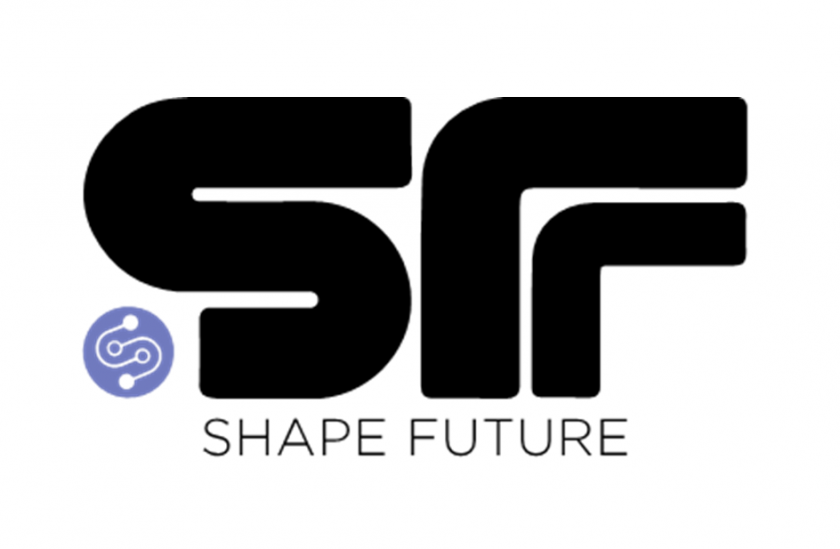
Project goal and tasks
The ShapeFuture project, led by Infineon Technologies AG and funded by the “Horizon Europe” Chips Joint Undertaking, aims to bring innovations in fundamental Electronic Components and Systems (ECS) that are essential for robust, powerful, fail-operational and integrated perception, cognition, AI-enabled decision making, resilient automation and computing, as well as communications, for highly automated vehicles. To accomplish these ambitions, the project will develop and implement new, reliable and enhanced on board perception ECS with lower form factors and power needs by improving the efficiency of sensor integration, optimizing data processing algorithms, and leveraging cutting-edge hardware advancements. Likewise, advancements of human-machine interaction (HMI) and cognition within perception systems will be addressed by pioneering the development of innovative technologies such as compact MEMS scanner modules and radar skin, as well as the creation of advanced Ultra-Wideband (UWB) integrated circuits (ICs) and packages, on-chip firmware, and embedded software IP tailored for secure car access. In pursuit of ECS for cognitive decision making, the project will enhance ECS-enabled automated driving functionalities through the development of real-time, fail-safe, and traceable decision-making solutions at the system/network level. Addressing resilient communication networks, the project will develop ECS solutions fortified against disruptions by enhancing image transmission and aggregation, implementing enhanced Cellular-Vehicle-to-Everything (C-V2X) communications for urban areas, and augmenting situational awareness in driving through augmented reality interfaces. At the business level, ECS for technology sovereignty concerns will seek to exploit developed ECS solutions through comprehensive impact studies on stakeholder acceptance, informing policies and initiatives for EU ownership and fostering an ecosystem conducive to innovation, collaboration, and economic growth. This includes facilitating the successful integration of ECS innovations into the European market through exploitation planning, implementation, and monitoring, ensuring sustained success and EU ownership in this critical area.
The project brings together 41 partners from 12 EU countries with a total budget of ~33 million euros. The project’s demonstrators will showcase the achievements and their capability to deliver innovations and secure future application advances in core markets for European society – Mobility, Green Deal, Digital Society, Safety and Industry.
Tasks to be performed by EDI
EDI’s will develop an innovative approach in perception system processing, with a focus on harnessing event-based asynchronous processing within neuromorphic hardware alongside integration of information from connected and automated vehicles (CAVs). This strategy will enhance perception capabilities by capitalizing on the sparse nature of event camera and LiDAR sensor data, enabling real-time, low-latency processing while putting an emphasis on power consumption. Central to this approach is the development of dynamic object detection and tracking algorithms, facilitating accurate prediction of movements for vehicles, pedestrians, and obstacles in real-time. Moreover, EDI will explore the implementation of an edge-assisted architecture, distributing computationally intensive tasks to application-tailored digital logic on edge nodes. This design minimizes the load on central processing units and reduces overall latency, ensuring efficient processing of raw data close to the sensor. Additionally, EDI will focus on implementing sophisticated occupancy grid mapping (OGM) techniques, fusing data from various sensors to provide a comprehensive representation of the surrounding environment.
ShapeFuture is supported by the Chips Joint Undertaking and its members, including the top-up funding by National Authorities under Grant Agreement No 101112295.
Funded by the European Union. Views and opinions expressed are however those of the author(s) only and do not necessarily reflect those of the European Union or the granting authority. Neither the European Union nor the granting authority can be held responsible for them.
